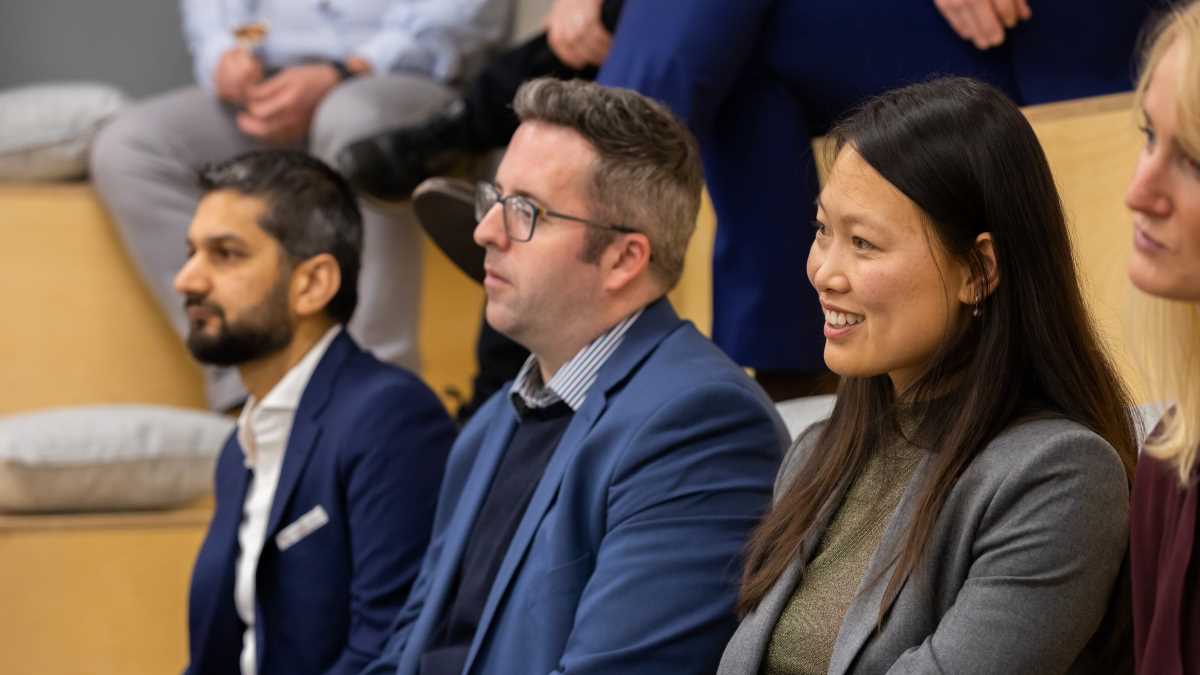
As the UK braces itself again due to the emergence of the omicron variant, and with a record 5.83 million people awaiting non-emergency hospital treatment – according to official figures from the end of September – the continued development of digital healthcare services is critical.
The pandemic necessitated the acceleration of digital transformation across the healthcare sector. For example, the National Health Service embraced digital solutions to track and trace, rollout vaccine programmes, and implement various smartphone apps, all of which have been well received.
From a customer experience perspective, there is obviously an appetite for digital healthcare. Granted, this has been fed by the pandemic-induced lockdowns. But it’s telling that the NHS is now seeking to build out its video consultation provision and move to a hybrid offering, using face-to-face consultations when appropriate. This approach reduces costs and is more convenient for patients.
To keep pace with customer expectations, private healthcare providers have also undergone seismic change in the last two years. “It’s been a crazy time,” says James Elliott, head of customer and commercial experience at Bupa Global. “We’ve seen a massive digital transformation, and there is a big opportunity in private healthcare as we move to proactive health management.”
However, legacy problems are halting progress in the digital era, he concedes. “For a long time, we thought that the best thing to do was plaster our telephone number on every piece of paper and membership card, but that has come back to bite us,” says Elliott. Furthermore, 40% of customers contact the organisation via email, an admittedly “horrible experience.”
He adds: “We are trying not to make the mistake of creating infinite loops for customers to fall into, and we want to educate them to make the right choice. We have created a digital-first portal to triage their contact, and that could involve an urgent phone call or an outbound scheduled call.”
We’ve seen a massive digital transformation, and there is a big opportunity in private healthcare as we move to proactive health management
Bupa Global’s LivePerson platform, established before the pandemic, has enhanced its connection with customers leading to a tenfold increase in satisfaction levels. But, as live interactions – even phone calls – are “hard to manage,” Elliott says digital chat “is the answer,” whether via WhatsApp or WeChat in China. “It has to be asynchronous,” he argues.
To better organise the urgency of customer needs, Bupa Global has “put a lot of time and money” into automated systems and conversational artificial intelligence. “We want to build a trusted relationship with our customers, and so improving natural language processing capabilities is key,” adds Elliot.
Alice Pan, chief medical officer and global head of health operations at Bima, a Swedish company that delivers health and insurance services in emerging markets, agrees that developing digital services is what patients and practitioners want. Bima is creating an asynchronous chat function, having been encouraged by the digital maturity of its customers.
The organisation, which operates in nine markets in Asia and Africa, offered a telemedicine service during the pandemic, and it quickly became customers’ preferred channel for first contact, with over half (58%) ranking it top.
While this was a surprise for Pan and her team, completely “shattering preconceptions,” it validated a shift to more digital solutions. And in time, with the customer data gathered from digital interactions, Bima is aiming to provide a more preventative, proactive and personalised service.
“We are getting to know our customers better, and we are collecting data to serve them better,” says Pan. “For the first six months of the pandemic, we learnt a lot, and it was tough; it was all reactive.
“It wasn’t until the latter half of 2020 that we started to think more strategically about what the pandemic meant for mobile health and Bima. Now, though, we have a clear plan of how we can grow in the next five years. “And,” she adds, “it’s exciting, especially for our customers.”

As the UK braces itself again due to the emergence of the omicron variant, and with a record 5.83 million people awaiting non-emergency hospital treatment – according to official figures from the end of September – the continued development of digital healthcare services is critical.
The pandemic necessitated the acceleration of digital transformation across the healthcare sector. For example, the National Health Service embraced digital solutions to track and trace, rollout vaccine programmes, and implement various smartphone apps, all of which have been well received.
From a customer experience perspective, there is obviously an appetite for digital healthcare. Granted, this has been fed by the pandemic-induced lockdowns. But it’s telling that the NHS is now seeking to build out its video consultation provision and move to a hybrid offering, using face-to-face consultations when appropriate. This approach reduces costs and is more convenient for patients.
